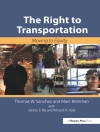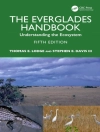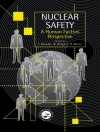The American chestnut, whitebark pine, and several species of ash in the eastern United States are just a few of the North American tree species that have been functionally lost or are in jeopardy of being lost due to outbreaks of pathogens and insect pests. New pressures in this century are putting even more trees at risk. Expanded human mobility and global trade are providing pathways for the introduction of nonnative pests for which native tree species may lack resistance. At the same time, climate change is extending the geographic range of both native and nonnative pest species.Biotechnology has the potential to help mitigate threats to North American forests from insects and pathogens through the introduction of pest-resistant traits to forest trees. However, challenges remain: the genetic mechanisms that underlie trees’ resistance to pests are poorly understood; the complexity of tree genomes makes incorporating genetic changes a slow and difficult task; and there is a lack of information on the effects of releasing new genotypes into the environment.Forest Health and Biotechnology examines the potential use of biotechnology for mitigating threats to forest tree health and identifies the ecological, economic, and social implications of deploying biotechnology in forests. This report also develops a research agenda to address knowledge gaps about the application of the technology.
Board on Agriculture and Natural Resources & Committee on the Potential for Biotechnology to Address Forest Health
Forest Health and Biotechnology [EPUB ebook]
Possibilities and Considerations
Forest Health and Biotechnology [EPUB ebook]
Possibilities and Considerations
购买此电子书可免费获赠一本!
语言 英语 ● 格式 EPUB ● 网页 240 ● ISBN 9780309482912 ● 出版者 National Academies Press ● 发布时间 2019 ● 下载 3 时 ● 货币 EUR ● ID 7145687 ● 复制保护 Adobe DRM
需要具备DRM功能的电子书阅读器












